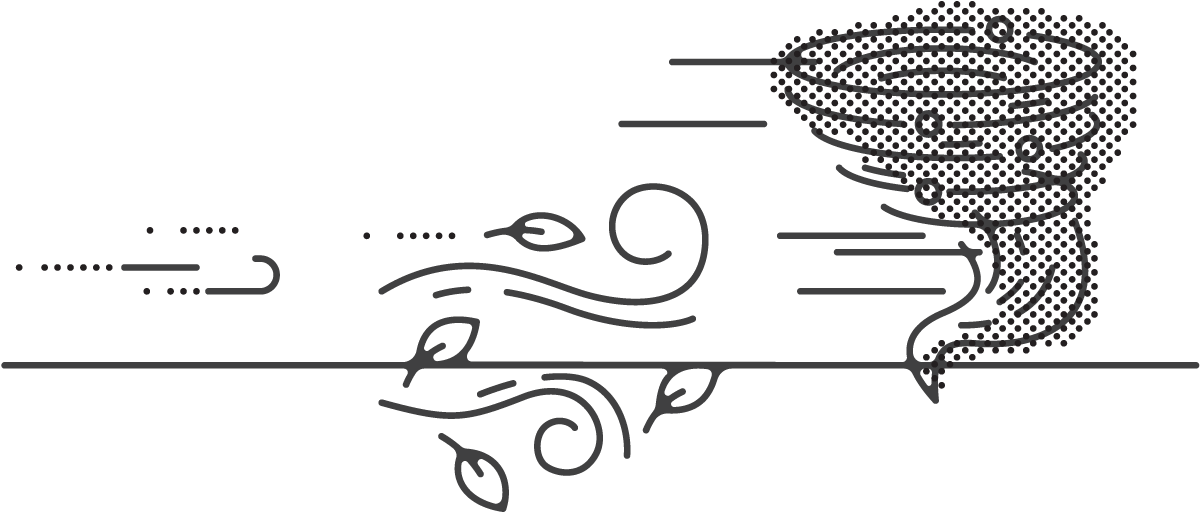The economy is always in flux and should never be expected to be a constant. This is where many investors and business owners can get themselves into trouble by assuming a certain trajectory will maintain its course.
Whether stock performance, revenue, sales, or profitability, these are all variables that are dependent on countless other known (and unknown) variables. Such volatility in the economy trickles down to specific markets and the impacted businesses. Depending on the economical element at play, some markets may be shaken while another market thrives. We saw this drastically in 2020 when full markets had the rug pulled out on them while others had their best year. As in all things economically, it won’t last and things will shift, swap, and settle only to get shaken up once again down the line. It is like the wind —though there are a few times when there is zero air movement, most of the time there is some degree of breeze. Whether it is a light breeze, strong wind, or with the damage-inducing force of a tornado or hurricane.

The problem with market volatility is that the success of a business is derived from relentless focus. The operations of a business are rewarded through efficiencies that lower costs and further drive the focus and financial return. Obviously, this is in the juxtaposition of the inherent volatility of the market it serves. As much as the business must focus, the inevitable “rocking of the boat” is sure to come.
An agile and creatively strategic business is able to pivot and create different or new revenue streams when this happens by changing the how and/or what of its offering. However, this is made difficult when solely relying on just the business to complete the maneuver. To empower the business to be able to adapt, brand is the answer.
Volatility and Brand
Brand remedies market volatility by allowing the business to be able to adapt and pivot when needed. This is accomplished by the brand being the focus of the why behind the business and its perception to its audience. In reality, a brand allows the business to evolve over time and mature to fully realize its profitable potential. When there is market volatility, the brand allows the same flux in a shorter period of time.
Just as a business can adapt what it offers or how it offers it over 5 years, the brand keeps the why intact as the business grows. The WHY is rooted in the promise of the business and what it means to its audience — which creates the trustful bond in the transactional relationship. When there is trust, this provides ample room for pivots and changes because the core of the relationship is still in place.
As a consumer, we have stayed with many brands as they maintain their why through what/how changes.
Facebook evolved from a social network website to a VR/AR tech company.
Starbucks evolved from a coffee/tea house to a milkshake empire.
Nintendo evolved from playing cards to video games.
Tesla evolved from a high-end roadster creator to an energy company.
Apple evolved from a computer company to software and mobile to now privacy and services.
As their brands allowed them to adapt what they sell and offer (what/how), we have stayed true as buyers because the core (why) of these brands has stayed consistent. Their brand has allowed them to evolve to the ever-changing markets as their business adjusts its approach to stay viable in the market.
Market volatility is inevitable for all businesses. A strong brand will enable the business to be able to survive because it will have the opportunity to adapt and pivot accordingly. Although the timing may be several years or a few months, the change in the market will be endured better by the businesses with the power of brand. Actually, the volatility may even create a further advantage for the business because the brand is able to leverage the change.

